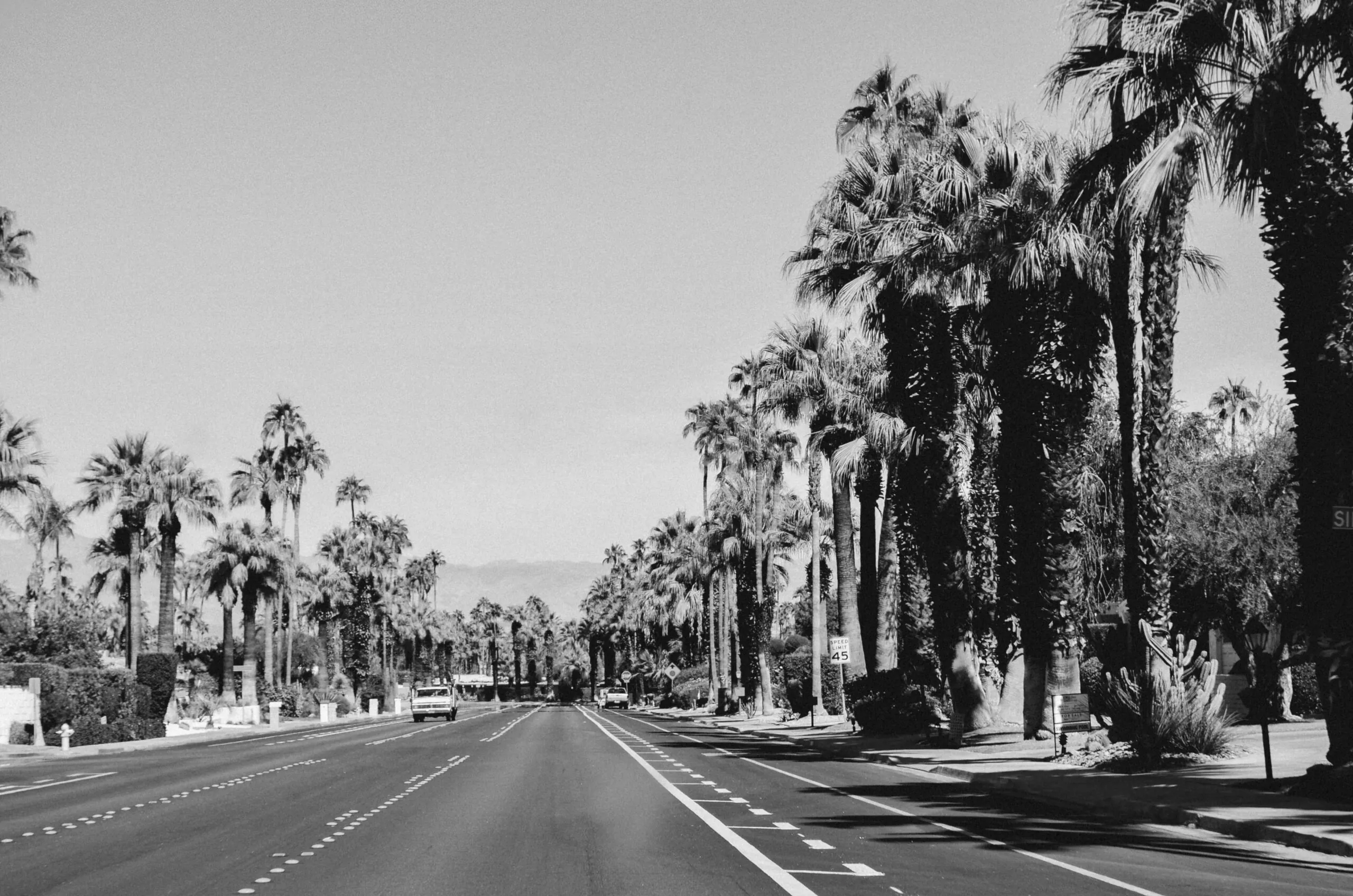Who’s Liable When a Spider Causes a Car Crash in Florida?
Here’s a story you don’t hear every day.
A Florida woman was driving in Cooper City when a spider, which had been spinning a web inside the vehicle, climbed down and landed on her body. Frightened by the spider on her, the woman crashed her car into a concrete light pole on Nob Hill Road and Southwest 57th Street.
Luckily, the woman wasn’t seriously injured and was released from the hospital later that day.
While this story isn’t typical, it does bring up a good question about who is responsible when an animal causes a car accident.
If the animal is wild, such as a deer, moose, squirrel, and so on, no one is liable. However, if you have comprehensive coverage car insurance, your provider will pay to repair or replace your vehicle. Comprehensive coverage goes into effect when your vehicle is damaged by something other than a collision or roll over, including hitting an animal.
If the animal belongs to a person or another entity, then the animal’s owner could potentially be held liable depending on the circumstances of the accident. For example, if someone’s dog runs out into the street and you hit the dog with your car, causing damages to you, the owner could be liable if the dog wasn’t properly restrained.
This is good information to know, but even in animal-related car accidents, you still need to be able to prove liability beyond ownership of the animal. How do you do this?
Proving Liability in a Car Accident
Crashing your car can be stressful and overwhelming, especially when you think another is to blame. If you find yourself in a car accident, follow these post-accident steps to make sure you can get to the bottom of who is at fault.
Take pictures of everything. These days, everyone has a cellphone with a camera, so it’s easy to document the scene of a crash. Take pictures of anything and everything you think might be relevant to your case, such as:
- The damage to your car
- Injuries you sustained
- Related damages (for example, if you hit a hydrant due to the crash)
- The location of the vehicle and animal after the crash
- Skid marks
- The overall scene
Your photos can help paint a picture of what happened to show who is liable for the crash.
Write detailed notes. Along with pictures, you should also take detailed notes about the accident. Information such as the time of day, weather, streets, directions, vehicle damage, and any tags on the animal can be helpful when trying to construct a breakdown of the accident. Plus, getting the information down quickly will keep you from getting key details.
Get a police report. If a police officer comes to the scene of the accident, they will take down your perspective on the accident as well as offering his or her opinion on what happened. The police report can be a crucial piece of evidence in proving liability because the officer will make an informed and unbiased opinion, so make sure you request a report for your case.
If you need further information, you might want to check if there is traffic camera footage available, which can help to determine who was at fault. Unfortunately, getting that footage might prove difficult without the help of an proven results can be an asset in helping you not only prove liability but also getting the compensation and justice you deserve.
About the Author:
Lawlor, White & Murphey in 1998. Since 1995, Mr. Lawlor’s trial advocacy and litigation skills, as well as his wide-ranging legal expertise, have provided plaintiffs and their families with a distinct advantage when seeking financial compensation and justice for injuries caused by the negligence of others. Mr. Lawlor is an EAGLE member of the Florida Bar Association and an active member of the American Association for Justice, the Broward County Justice Association, the American Civil Liberties Union (ACLU), and several professional associations.
